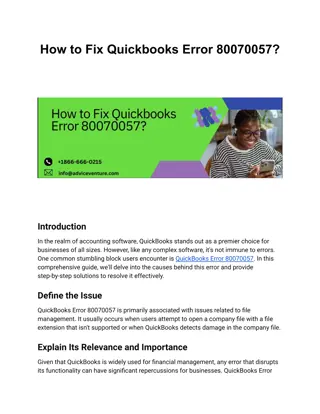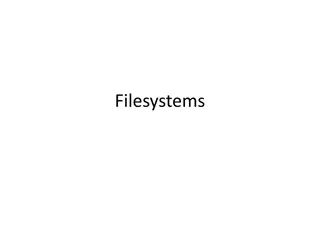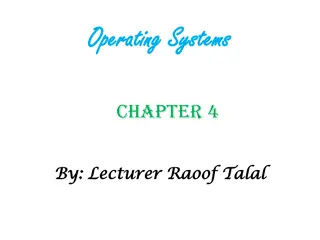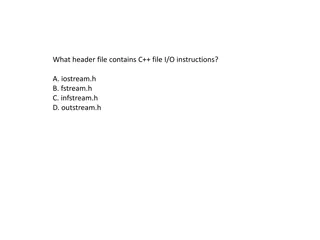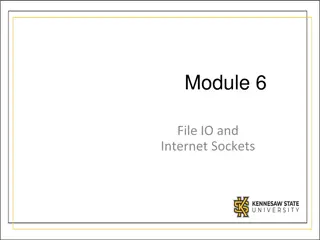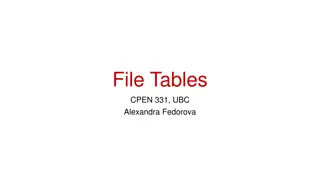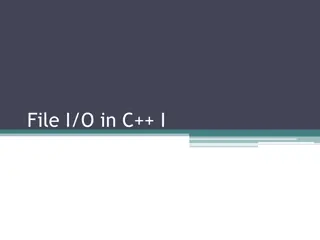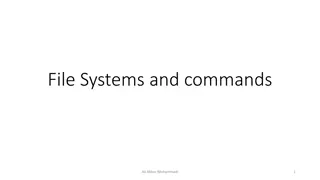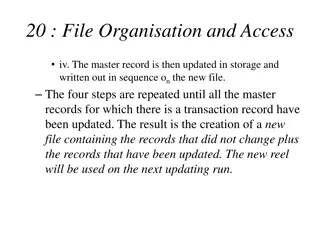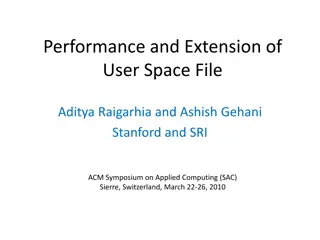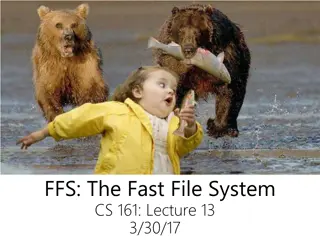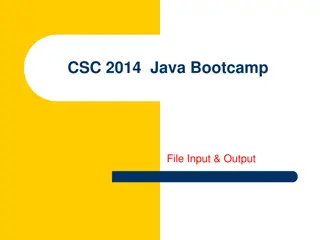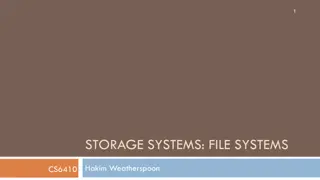
Essentials of Theoretical Grammar: Morphology, Syntax, and Grammatical Analysis
Explore the fundamentals of theoretical grammar covering morphology, syntax, grammatical categories, forms, and meanings. Learn about morphemic structure, syntactic notions, sentence structures, and more through detailed lectures and tasks.
Download Presentation

Please find below an Image/Link to download the presentation.
The content on the website is provided AS IS for your information and personal use only. It may not be sold, licensed, or shared on other websites without obtaining consent from the author. If you encounter any issues during the download, it is possible that the publisher has removed the file from their server.
You are allowed to download the files provided on this website for personal or commercial use, subject to the condition that they are used lawfully. All files are the property of their respective owners.
The content on the website is provided AS IS for your information and personal use only. It may not be sold, licensed, or shared on other websites without obtaining consent from the author.
E N D
Presentation Transcript
Section 1 Morphology 1. The Subject of Theoretical Grammar. The Main Principles of Grammatical Analysis 2. Grammatical Category. Grammatical Meaning. Grammatical Forms. Morphemic Structure of the Word 3. The Parts of Speech Problem. Grammatical Classes of Words 4. The Noun 5. The Noun: Article Determination 6. The Verb. Grammatical Categories. Finite and Non- Finite Verbs 7. The Verb: Person and Number. Tense. Aspect 8. The Verb: Lexical and Grammatical Means of Expressing Aspective Meaning 9. The Verb: Voice. Mood 10. Grammatical Categories of the Adjective and the Adverb
SECTION 2 SYNTAX 11. The Word-Group Theory. Syntax of a Phrase. Noun, Adjective and Verb Groups (Phrases) 12. Syntax. Basic Syntactic Notions. Sentence Models 13. Grammatical Structure of the Sentence. Members of the Sentence 14. Types of Sentences 15. The Structure of Composite Sentences
LECTURE 2. GRAMMATICAL CATEGORY. GRAMMATICAL MEANING. GRAMMATICAL FORMS. MORPHEMIC STRUCTURE OF THE WORD Task 1. Study questions: Define a grammatical category; How do synthetical grammatical forms differ from analytical ones? Provide examples of synthetical and analytical grammatical forms. Comment on two types of grammatical meaning: explicit and implicit. What is morpheme and what kind of morphemes are called free and bound morphemes? Define morphological synonymy, homonymy and polysemy. Provide examples.
TASK 3. DIVIDE THE FOLLOWING WORDS INTO MORPHEMES; WRITE R FOR ROOT, D FOR DERIVATIONAL AFFIX AND I FOR INFLECTIONAL SUFFIX EXAMPLES: RESTLESSNESS REST - LESS - NESS R - D - D blackboards ________________________________________________ sailors ____________________________________________________ paperboys _________________________________________________ unhappily _________________________________________________ recycling __________________________________________________ irregularities _______________________________________________ brightest __________________________________________________ kingdoms __________________________________________________ classified __________________________________________________ player s ___________________________________________________
TASK 4. SORT THE PREFIXES IN THE WORDS BELOW INTO THE FOLLOWING SIX CATEGORIES ACCORDING TO THE FOLLOWING MEANINGS: TIME, NUMBER, PLACE, DEGREE, OPPOSITE, SIZE.
TASK 7. CHOOSE THE CORRECT WORD The decomposition of words into morphemes illustrates one of the (1) doubtful/fundamental human language discreteness. In all languages, (2) sound/ phone units combine morphemes combine to form words, and words combine to form larger units phrases and (3) texts/sentences. Discreteness is an important imagination/creativity. We can combine morphemes in novel ways to create new words whose meaning will be (5) confusing/apparent to other speakers of the language. If you know that to write to a disk or a DVD means to put (6) information/news understand that a writable DVD is one that can take information; a rewritable DVD is one where the (7) original/argumentative information can be written over; ... (Adapted from Fromkin, 2011:82) Fromkin,V.,Rodman, R. and Hyams, N.(2011) An Introduction to Language. Wadsworth, Cengage Learning properties of to form morphemes, part of linguistic (4) on it, you automatically
TASK 8. DRAW TREE DIAGRAMS FOR THE FOLLOWING WORDS: unaccomplished, irresponsibility, misunderstandings, renovations.
TASK 9. SUMMARIZE THE LINGUISTIC TEXT BELOW Meaning of Compounds The meaning of a compound is not always the sum of the meanings of its parts; a blackboard may be green or white. Everyone who wears a red coat is not a Redcoat (slang for British soldier during the American Revolutionary War). The difference between the sentences She has a red coat in her closet and She has a Redcoat in her closet would have been highly significant in America in 1776. Other compounds reveal other meaning relations between the parts, which are not entirely consistent because many compounds are idiomatic. A boathouse is a house for boats, but a cathouse is not a house for cats. (It is slang for a house of prostitution or whorehouse.)....
TASK 10. CHOOSE THE CORRECT ANSWER 1. The morphemes that can stand alone as words are called: a zero b derivational c free d bound 2. The affix morpheme includes a suffixes b prefixes c infixes d a, b and c 3. Two or more words may be joined to form new, . words. a simple b compound c free d root 4. A morpheme is meaningful element of the language unit. a the smallest b the biggest c non d a small

